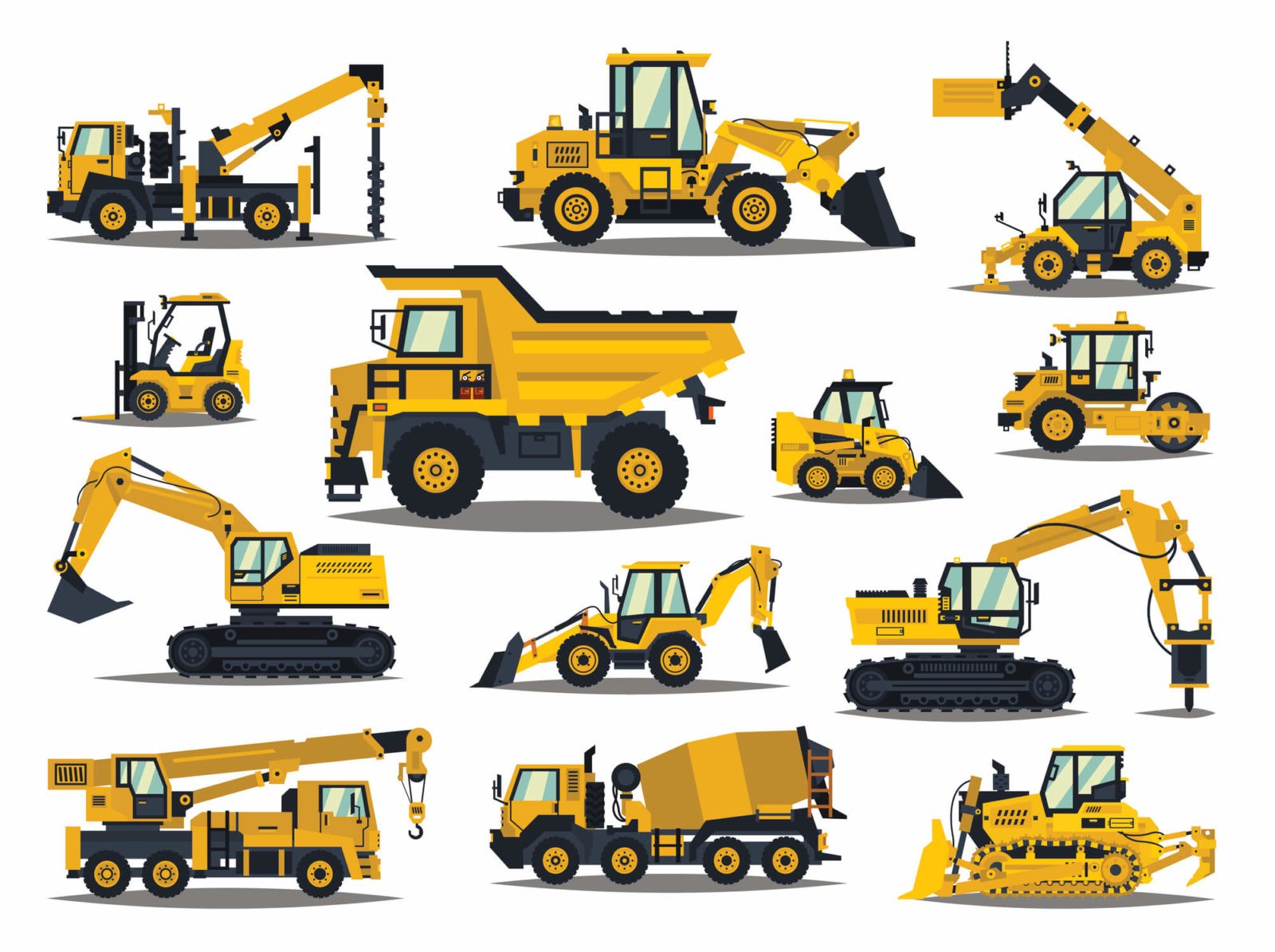Mini Excavator Rental: Compact and Powerful Equipment
Mini Excavator Rental: Compact and Powerful Equipment
Blog Article
Renting Out Vs. Purchasing Building And Construction Devices: Making the Right Choice for Your Task
When starting a building and construction project, among the crucial choices that project managers and stakeholders face is whether to rent or purchase building and construction tools. Both choices have their advantages and disadvantages, making the choice a pivotal one in the project planning process. The decision rests on different variables such as price factors to consider, project duration, tools maintenance, scalability, versatility, and danger administration. Each component plays an important function in determining one of the most appropriate path for the job's devices demands. rental company near me. Allow's explore these aspects better to comprehend just how they influence the decision-making process and inevitably the success of the job.
Expense Factors To Consider
Renting out devices typically needs reduced initial payments contrasted to acquiring, making it an attractive choice for short-term tasks or service providers with budget plan constraints. In the long run, constantly renting out devices can build up greater prices than purchasing, specifically for extensive projects.
On the other hand, buying building equipment includes greater ahead of time costs however can lead to lasting savings, especially for lasting jobs or constant users. Possessing devices gives adaptability, ease, and the capacity for resale worth once the task is finished. In addition, owning tools permits for personalization and knowledge with certain equipment, possibly boosting performance and productivity on-site. Eventually, the decision between purchasing and renting construction equipment pivots on the job's period, frequency of usage, spending plan factors to consider, and lasting financial goals.
Project Duration

Conversely, for long-term projects or recurring construction job, getting equipment might be the more economical choice. Acquiring devices can cause set you back savings over time, particularly if the devices will certainly be often made use of. Furthermore, owning tools offers a sense of control over its accessibility and allows for personalization to fit certain project demands.

Devices Upkeep
Provided the vital function task duration plays in identifying the most cost-efficient strategy between buying and leasing building devices, the emphasis now moves in the direction of checking out the vital facet of equipment upkeep. Appropriate upkeep is essential for making certain the ideal performance and long life of building devices. Leasing tools usually comes with the advantage of having actually well-kept machinery supplied by the rental business. This can ease the problem of maintenance jobs from the job proprietor or service provider, saving effort and time. On the other hand, having equipment requires a proactive technique to upkeep to avoid malfunctions, make certain safety and security, and prolong the devices's life-span. Routine evaluations, servicing, and timely repairs are necessary to keep owned equipment in top working condition. Consider maintenance prices when determining between leasing and acquiring, as disregarding maintenance can result in expensive repair services, downtime, and task delays. Eventually, a well-kept construction tools fleet, whether leased or possessed, is vital for the reliable and effective conclusion of building and construction tasks.
Adaptability and Scalability
In the world of building and construction equipment management, the facet of versatility and scalability holds substantial importance for task More Help efficiency and resource application. Deciding to rent out building equipment provides a high level of adaptability as it permits the quick modification of equipment types and amounts based upon the developing requirements of a job. Renting out enables professionals to access a large range of specific devices that may be required for details tasks without the lasting commitment of possession. This flexibility is specifically beneficial for tasks with varying demands or unpredictable periods (scissor lift rental).
Additionally, scalability, one more crucial element, is inherently linked to adaptability. Leasing building tools offers the benefit of easily scaling operations up or down as task demands fluctuate. Specialists can promptly trade or add tools to match the task's transforming needs without the restraints of having assets that might become underutilized or out-of-date. This capacity to scale resources successfully can lead to price savings and enhanced project timelines, making leasing a positive option for projects needing versatility and receptive source allocation.
Threat Management
Reliable danger monitoring in building and construction equipment operations is vital to making view website certain task success and mitigating prospective economic losses. Construction tasks naturally entail different risks, such as devices malfunctions, crashes, and project hold-ups, which can significantly influence the task timeline and budget. By thoroughly thinking about the threats related to owning or leasing building devices, project supervisors can make educated decisions to reduce these potential risks.
Renting building and construction tools can offer a degree of threat reduction by transferring the duty of repair and maintenance to the rental business. This can reduce the financial worry on the project owner in situation of unforeseen equipment failures (mini excavator rental). Furthermore, renting offers the versatility to gain access to specialized equipment for certain job phases, decreasing the risk of owning underutilized machinery
On the various other hand, having building devices supplies a feeling of control over its use and upkeep. However, this likewise implies bearing the full duty for fixings, upkeep expenses, and devaluation, enhancing the monetary risks related to equipment ownership. Careful risk analysis and consideration of factors such as task period, equipment use, and upkeep needs are critical in determining one of the most appropriate alternative for efficient risk management in building and construction tasks.
Conclusion
Finally, when making a decision between renting out and getting building and construction equipment, it is very important to take into consideration expense, job period, tools upkeep, threat, scalability, and adaptability monitoring. Each element plays a crucial function in identifying the most appropriate alternative for the project at hand. By meticulously evaluating directory these elements, job supervisors can make an informed decision that straightens with their spending plan, timeline, and general task goals.

Report this page